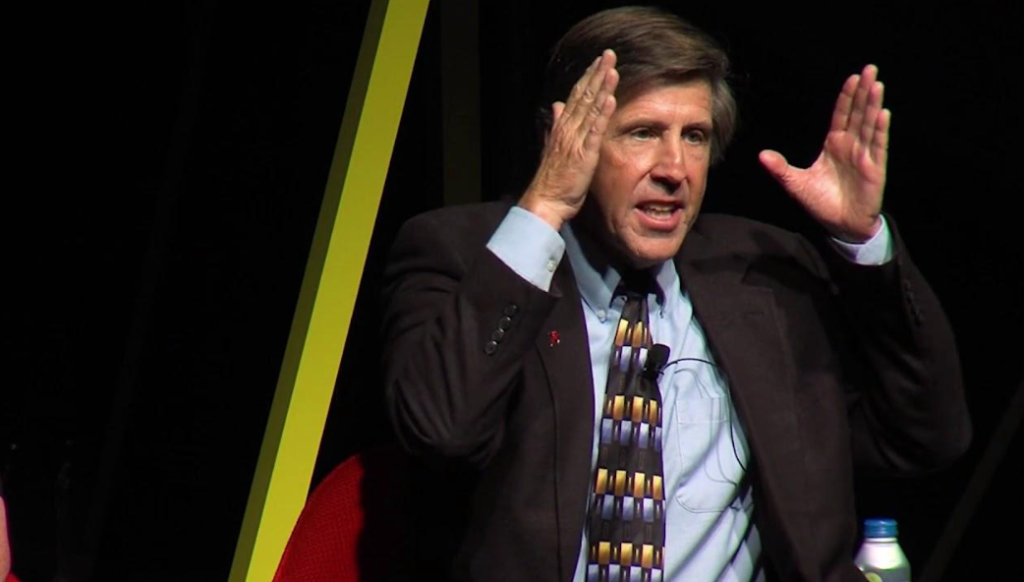
Editor’s note: This post is an edited version of a talk Step Up For Students president Doug Tuthill delivered in October to the Florida Charter School Conference in Orlando.
Products and services in many industries are in the process of being unbundled. Thirty years ago, we had to buy albums to own our favorite songs. Now we can buy individual songs and bits of songs online.
Classified newspaper ads used to be a cash cow for daily newspapers. But no more. Craigslist’s unbundling of classified ads is a key reason daily newspapers are dying.
The demise of cable TV may be next as streaming services such as Netflix unbundle programing. Shopping malls are closing as Amazon unbundles retail shopping, and banks are responding to the unbundling of banking services by licensing unbundled banking applications in a new business model called “banking as a service.”
Now the process of unbundling public education services has begun. Thus far, this unbundling has included magnet schools, charter schools, dual enrollment, virtual schools, course choice, micro-schools, home schooling, workspace, and scholarships and vouchers to help families pay for private schools.
But the real game changer will be Education Scholarship Accounts (ESAs). ESAs are going to accelerate the unbundling of public education services.
ESAs are publicly-funded financial accounts that families use to purchase state-approved education products and services for their children. Instead of a school district spending a student’s public education dollars, through ESAs state government allows a student’s family to spend these dollars.
About 18,000 Florida students will have ESAs this school year through two programs — the Gardiner Scholarship for students with special needs/unique abilities, and Reading Scholarship Accounts for struggling readers in district elementary schools. These students’ families will use their ESA funds to purchase products and services, such as public and private school courses, afterschool tutoring, physical and occupational therapy, speech therapy, education hardware and software, summative and formative assessments, curriculum material, and books. Over the last two years, Florida families have used ESA funds to purchase products and services from over 10,000 education providers.
The number of families using ESAs will probably increase in the future. In six years, Florida could have 200,000 families spending $1.5 billion annually through their ESAs. This much purchasing power in the hands of families presents opportunities and challenges for Florida’s charter schools.
There will be competition to serve these families. Charter school companies in other states are exploring coming to Florida with offerings beyond schools. Some are planning to open charter and private schools with robust afterschool and summer programs. Others are planning to sell onsite and online courses, and one is exploring partnering with ride-sharing services to help transport students to in-school, afterschool, and summer programs. Think “Uber for Kids.”
Home schooling is the fastest growing education choice option in the country. Charter schools could be selling this population access to classrooms, computer and science labs, afterschool and summer programs, and onsite and online courses.
With the possible exception of Miami-Dade, most Florida districts will be slow to offer services to ESA families. Florida charter schools could help fill this void.
Dayspring Academy charter school in Pasco County moved quickly to create an afterschool tutoring program after the Reading ESA became law. It is now one of Florida’s top providers of ESA-funded tutoring services. (Dayspring founder and chief financial officer John Legg is a board of directors member for Step Up For Students, which hosts this blog.)
Other charters could follow the Dayspring example. Entrepreneurial Urban Leagues across Florida are also moving quickly to develop afterschool and summer reading programs for families with reading ESAs.
The unbundling of products and services inevitably leads to innovative ways to rebundle them. Spotify is a good example of a company facilitating rebundling in the music industry. Spotify empowers and enables music listeners to organize songs from diverse artists into customized playlists and share these lists with others. Spotify empowers customers to have a greater sense of ownership over their music since they now control how their “albums” are assembled. They also have access to the diverse playlists of millions of other music fans.
We need to replicate an appropriate version of the Spotify experience in public education. Educators need to be empowered and enabled to rebundle their services and products so that families can purchase highly effective customized instruction for each child with their ESA funds.
The unbundling and rebundling of education products and services is coming. Charter schools can help drive this train or follow the example of daily newspapers and get run over by it.
It’s their choice.


